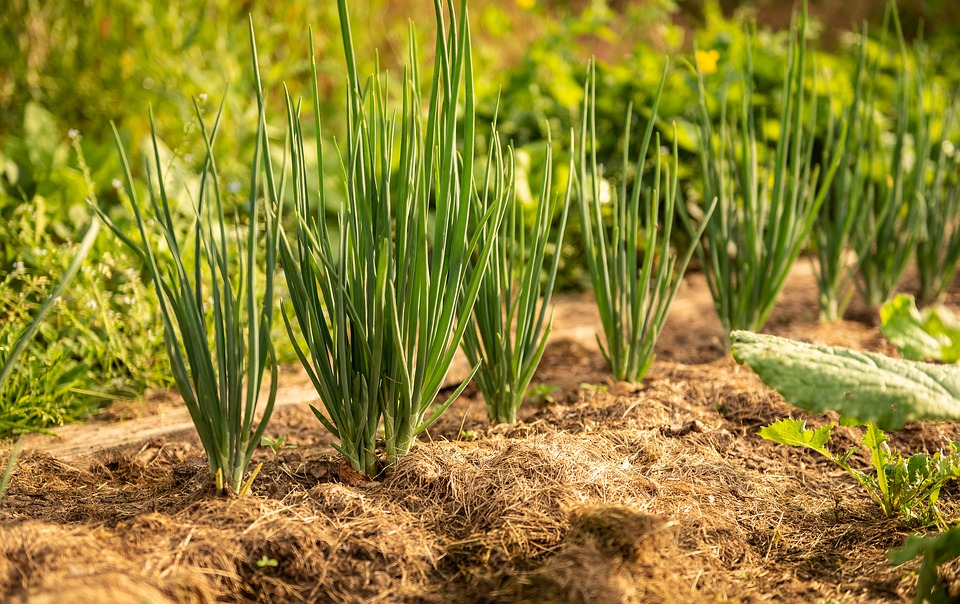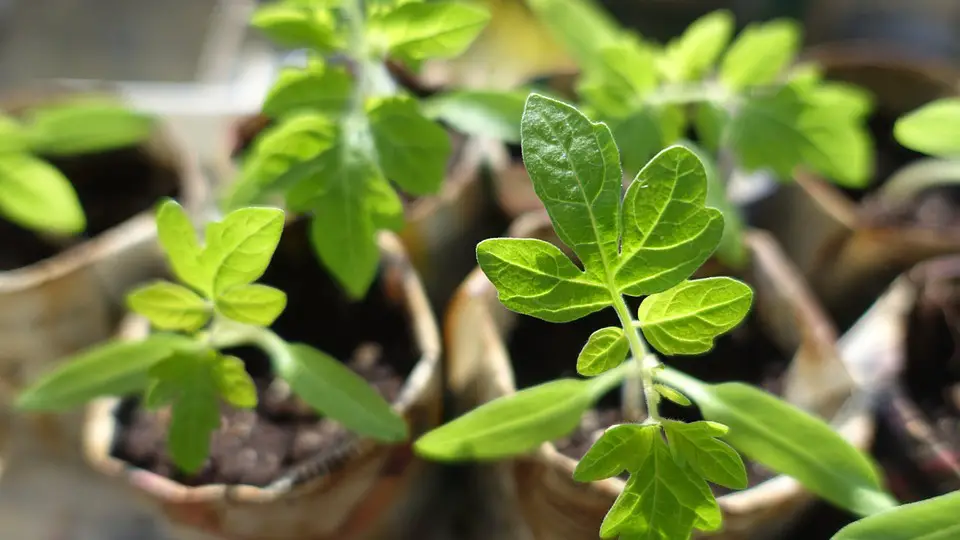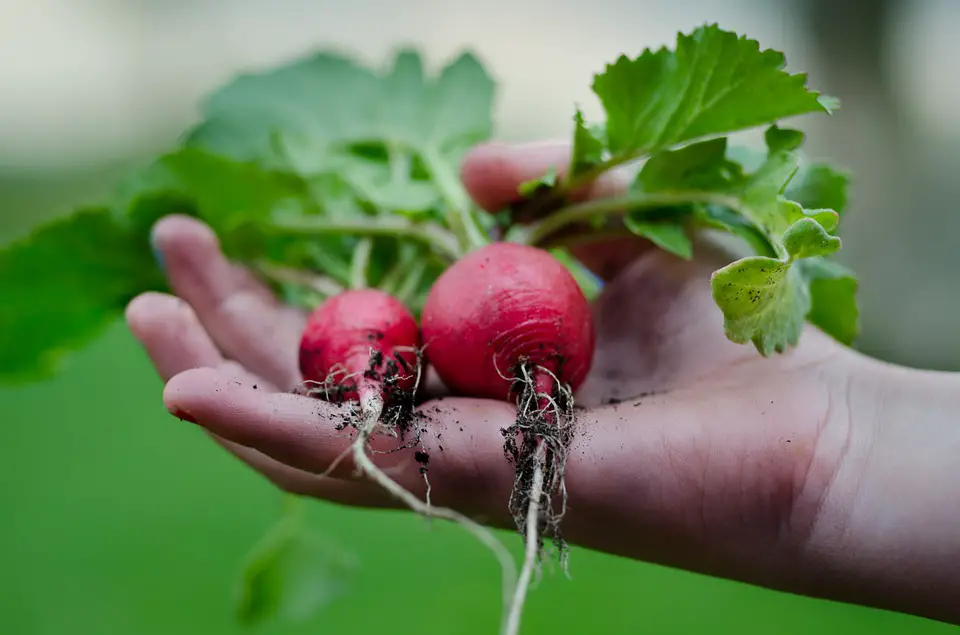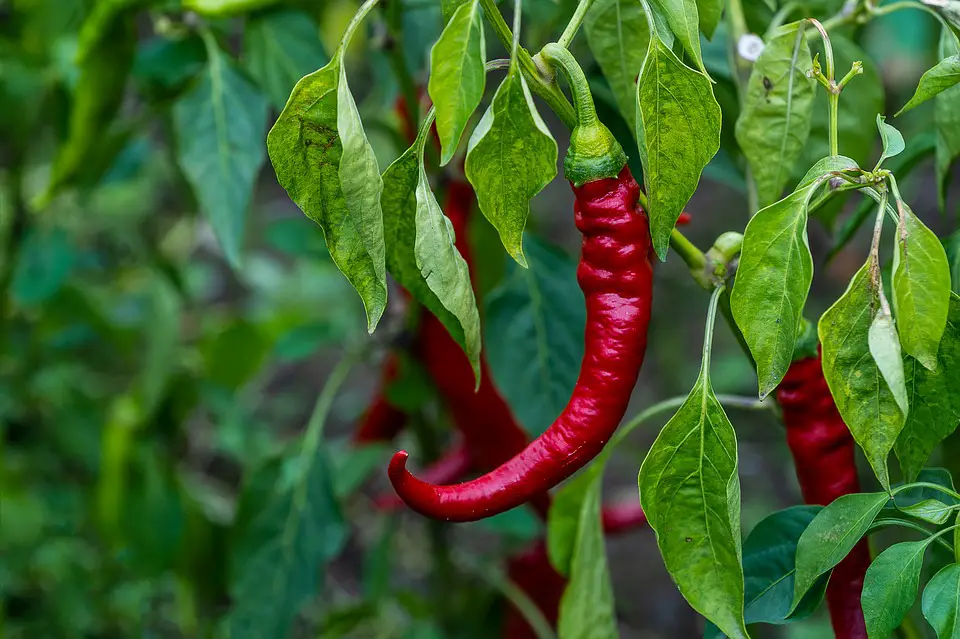We use affiliate links to run our site. When you buy through links on our site, we may earn an affiliate commission, without any added cost to you. Learn more
What is A Kitchen Garden?
A kitchen garden is a place where you can grow fresh healthy vegetables to cook In your kitchen. It doesn’t mean you have to garden inside your kitchen. Though the closer it is to the kitchen the better. As it is easier for you to collect the vegetables in fresh condition.
Objectives of Kitchen Garden
The main objective of a kitchen garden is to provide the daily requirements of vegetables for a household and that too in different varieties. It should be of enough quantities to fulfill the needs of the house.
What is the Importance of Kitchen Gardens?
There are many reasons why you should start a kitchen garden. Here are some of them:
- First and foremost, a kitchen garden is directly related to your health and wellbeing. This is because If you have a kitchen garden you are sure to get a regular supply of nutritious vegetables and herbs almost for free. Sure, growing and maintaining a kitchen garden will make you spend some money but the amount is almost negligible when compared to the cost of the vegetables in the market.
- Grow food of your choice. You can grow vegetables, herbs, roots, fruits, and almost anything that comes to your mind. The roots and tubers are a great substitute for unhealthy cereals.
- If you have a kitchen garden you are bound to get fresh clean air. Plants breathe in carbon dioxide and breathe out oxygen which is vital for our life. So they will work as a natural air purifier for your home.
- A well-maintained kitchen garden is aesthetically very pleasing to the eyes. It uplifts your mood and improves your attitude towards life.
- The kitchen garden is a fantastic way to manage your waste. You can use your personal waste, ash, peels, and twigs of fruits, and leftover after washing rice, pulses, meat, and fish, etc. as manure.
How to Start A Kitchen Garden

There are a few steps to start a kitchen garden.
1. Choose A Site For Your Kitchen Garden
Choosing a site is very important for the success of Gardening. The best location for a kitchen garden is in the backyard of a house.
If you have to choose between a sunny spot and a shaded one choose the location that receives enough sunlight. Also make sure your site has good drainage.
Though, size and shape of a kitchen garden depends on availability of land, if you have a choice opt for a rectangular plot than a square or long strip of land.
2. Prepare The Site For Growing Plants:
- Raised bed or normal bed:
Now you have to decide whether you want to start your gardening on a raised bed or do you want to grow directly in the ground. Though growing a kitchen garden on a raised bed has some added work it has plenty of benefits. You can build a raised bed using wood, stone, pallet etc.
You can make raised beds of any size and they warm up faster than normal garden soil. Read more on how to build a raised garden in this article.
- Seeds or transplants:

The next thing to decide is whether to start with seeds or seedlings. Now if you are one of those people who wants to keep his cost low, or want to have a broader selection of plants or simply wants the challenge of growing a plant from start to end and doesn’t want to skip any steps, go for seeds.
On the other hand if you are just starting your kitchen garden, or may have very little time in hand or just scared about the success rate, it is always better to go for the transplants.
You can buy transplants from your local nursery shops or you can also grow your own transplants. I have written a detailed article on how to grow your own seedlings in your house. You can read that for better understanding.
- Fertilize the soil:
Soil fertility is one of the most important things for a kitchen garden. If your soil is not fertile enough you will have a hard time growing any food in that garden.
The simplest way to increase the fertility of your kitchen garden is to mix good quality compost with the soil.
Making compost is not that hard. You can prepare compost in your own house. Convert your biodegradable waste to organic manure. Use earthworms to speed up your composting process. Alternatively you can also buy compost from a local nursery store or Amazon store.
You can also add different types of manure like farmland manure, poultry manure, etc to fertilize the soil. Plant legumes such as peas, beans etc in your garden. They will add extra nitrogen to the soil.
3. Choose The Plants For Your Kitchen Garden:
If you are a beginner gardener, i will suggest- start small and just plant what you actually want to eat. Once you have knowledge and experience you can always add other plants.
Starting small will not only maximize your pleasure and enthusiasm, it will also add the much-needed energy to continue gardening activities for a longer period of time.
Some of the plants that are easiest to grow are Lettuce, Spinach, tomato, etc. I have written one article on the 7 easiest vegetables to grow for a gardener. You will find more options in that article.
4. Water Your Kitchen Garden:

Make sure your plants don’t die of thirst. Fruits and vegetables require lots of water, especially if they are transplants. Give them enough water initially as the plants are yet to grow deep root structure at this stage.
If you are not sure about how to water plants you can see this article. Here I mentioned everything in detail.
Other than watering your kitchen garden, it is also vital to preserve that water so you can reduce the watering frequency. Here are some simple tips that will save a lot of your hard work.
- Apply mulch to your kitchen garden:
Mulch does 3 basic things to your garden. It helps retain moisture in the soil, suppress weeds and also add organic matters (if the mulch is organic) to the soil once it starts decaying. If you want to know more about how to apply much in your garden this probably is a good article for you.
- Provide shade to your plants:
A tree in the fence can provide shade for your vegetables. This shade will reduce the evaporation rate from the soil. Remember this shade should not overwhelm the sunlight and just add a little bit of relief from the scorching sun.
- Install windbreaks:
Too much wind can increase the water evaporation rate from the soil. Add some windbreaks so the soil moisture is conserved.
5. Protect your kitchen garden:
Once you have built a kitchen garden it is crucial for you to protect your garden from any types of attacks. Hazards can be either from livestock or from garden pests.
- To protect your kitchen garden from livestock the best thing to do is building fences around the garden. Fences can be made in various ways. A fencing material can be wood, stone, picket, bamboo, etc. You can also use thorny plants to make a fence. Here is a detailed article on various fencing styles.
- You also need to protect your plants from various pest and diseases. You can do this in many ways. Companion planting, crop rotation, cover crops are some of the popular organic pest control methods. You can try many organic pest control techniques that we have mentioned in this article.
What Are Kitchen Garden Plants? What to Grow in Kitchen Garden

Following are some of the plants that are ideal for your kitchen garden. Choose as per your liking:
Fruits:
- Mango
- Banana
- Guava
- Papaya
- Acid lime
- Pomegranate
- Date Palm
Vegetables:
- Tomato
- Eggplant
- Chilly
- Onion
- Okra
- Cilantro
- Bitter melon
- Snake gourd
- Ribbed gourd
- Bottle gourd
- Amaranthus
- Beetroot
- Radish
- Curry leaf
- Spinach
- Beans
- Cowpeas
Medicinal Plants:
- Aloe
- Solanum
- Mint
- Basil
- Tulsi
Some Simple Kitchen Garden Tips:
- Location is the key. Choose a spot where you receive enough sunlight especially if you have fruits or vegetables.
- Look for the drainage of the soil. If you find the soil doesn’t support proper draiage amend it by applying coco coir, perlite or vermiculite.
- If you live in a windy place make sure your kitchen garden is protected against strong wind.
- Start with easy-to-grow plants. Don’t go for exotic varieties opt for the ones that are native to your place.
- Keep everything organic. Use compost instead of fertilizers, practice organic pest control techniques instead of chemical pesticides.
- It is important to plant some of the flower plants along with the vegetable plants to your Kitchen Garden. Flowers add colors to the garden as well as attract beneficial insects which promote pollination. In some cases, it also repels some of the undesirable and harmful insects.
Amazon and the Amazon logo are trademarks of Amazon.com, Inc, or its affiliates.

Hi there! My name is Prasenjit and I’m an avid gardener and someone who has grown a passion for growing plants. From my hands-on experience, I have learned what works and what doesn’t. Here I share everything I have learned.
